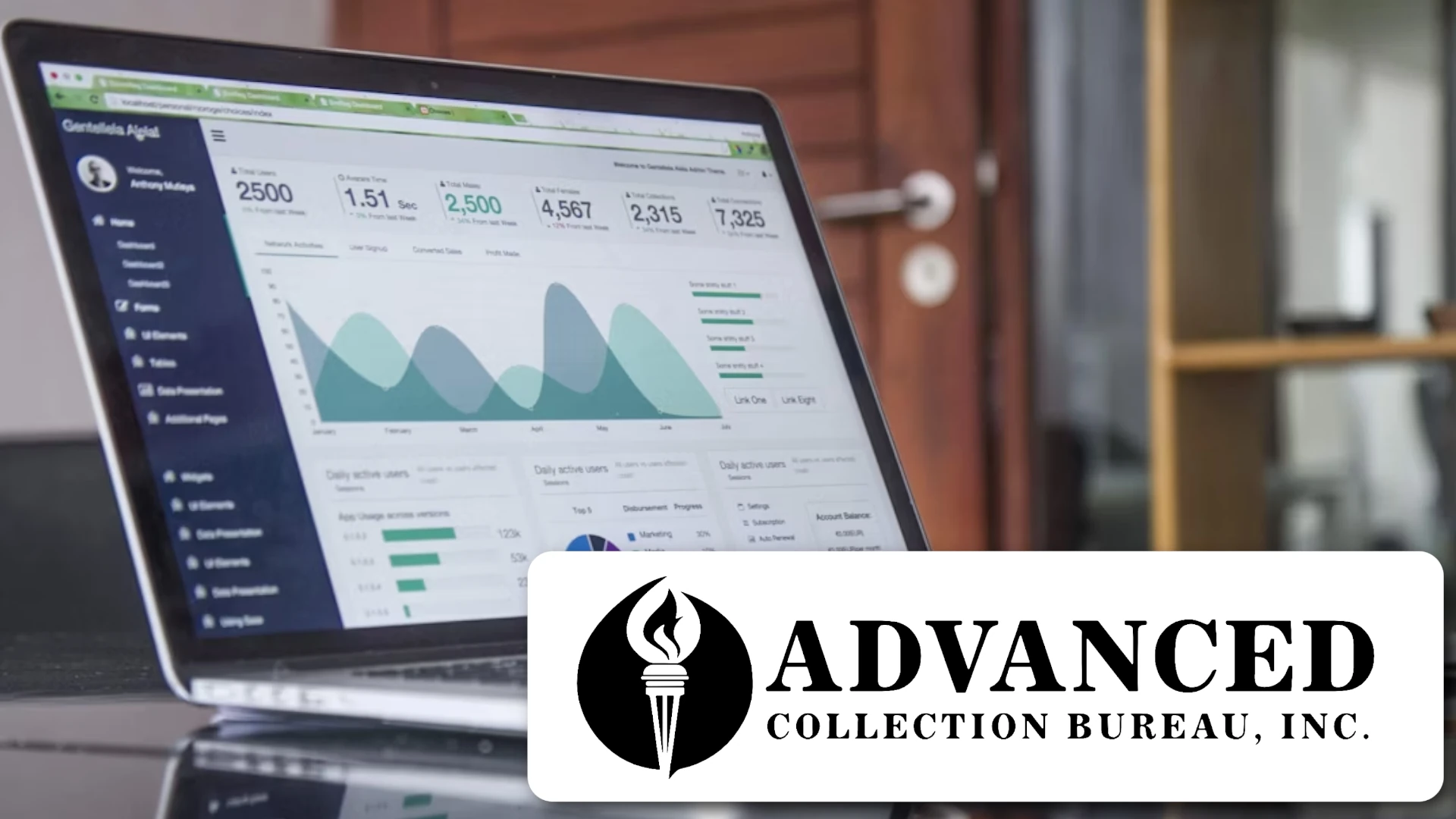In today’s digital world, debtors are more mobile than ever. Whether they’ve changed addresses, shut down phone numbers, or vanished from social media, locating them without the right tools can feel impossible. That’s where skip tracing comes in—and it’s not just a detective’s tool anymore.
For landlords, property managers, healthcare providers, and business owners who rely on consistent cash flow, skip tracing for collections is no longer optional. It’s a powerful strategy to dramatically increase your recovery rates—especially when combined with smart data analysis.
In this post, we’ll explain what skip tracing is, how it works, and why Advanced Collection Bureau (ACB) uses cutting-edge technology to help clients recover more, faster.
What Is Skip Tracing?
Skip tracing refers to the process of locating individuals who have "skipped town" or become hard to reach. In the debt collection world, it means tracking down debtors who haven’t responded to calls, emails, or letters and whose contact information may be outdated or intentionally concealed.
Skip tracing for collections leverages databases, public records, credit headers, address histories, and even social media patterns to find someone’s most current contact details. The more advanced the tools, the better the results.
This is particularly valuable in situations like:
- Tenants moving out without forwarding addresses.
- Patients with outdated insurance and contact records.
- Former customers who closed shop or changed names.
- Guests of short-term rentals who vanish after a chargeback.
If this sounds familiar, you might also appreciate our post: How Collection Agencies Improve Recovery for Hard-to-Collect Accounts. It explores how data-driven approaches can revive accounts others gave up on.
How ACB Uses Skip Tracing to Maximize Recovery
At ACB, we invest heavily in advanced skip tracing tools that many smaller agencies simply can’t offer. Our systems regularly pull from:
- Nationwide change-of-address registries
- Utility hookups and disconnects
- Credit bureau reporting data
- Court and public record databases
- Social and digital footprint analysis
But skip tracing isn’t just about locating someone. It’s about knowing when and how to reach them. That’s where our layered approach comes in—combining skip tracing with smart communication timing, tone, and method.
Our skip tracing process is not aggressive. It’s strategic, respectful, and fully FDCPA-compliant. We locate the right person, confirm their identity, and begin the recovery process with professionalism and clarity.
Data + Strategy = Results
The real magic happens when skip tracing meets analytics. At ACB, we don’t just pull data—we analyze it. We look at your portfolio to identify:
- Which accounts are most collectible
- Which debtors are most likely to pay
- Which communication methods work best for different demographics
By doing this, we prioritize high-value, high-likelihood recoveries—helping you see faster returns without wasting time on dead-end accounts.
Want to learn more about organizing your accounts for maximum ROI? Read How to Effectively Segment and Prioritize Past-Due Accounts for Optimal Recovery.
When to Use Skip Tracing
You don’t need skip tracing for every late payment. But when an account has gone quiet—especially after 30, 60, or 90 days with no contact—it becomes essential. The longer you wait, the harder it is to recover.
Common skip tracing triggers include:
- Mail returned as undeliverable
- Phone numbers out of service
- Emails bouncing back or unanswered
- Social media profiles deleted or dormant
At that point, letting a professional like ACB take over is the smartest move. Our clients only pay when we collect, so you don’t waste time or money chasing shadows.
For more about this cost-effective model, check out How Contingency-Based Debt Collection Models Benefit Property Managers.
Ready to put data and skip tracing to work for your business? ACB’s advanced tools and proven strategies help you recover more—and waste less.
Visit advancedcb.com/work-with-us to start collecting on accounts others gave up on.














